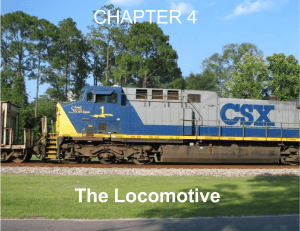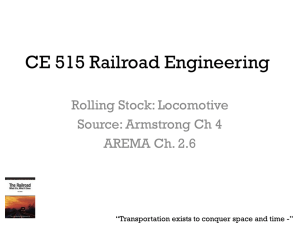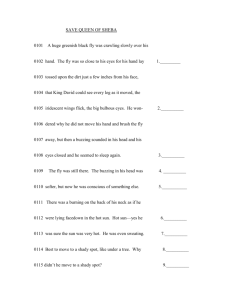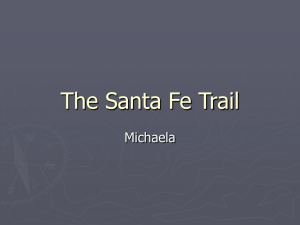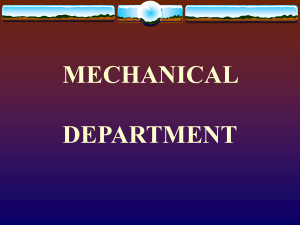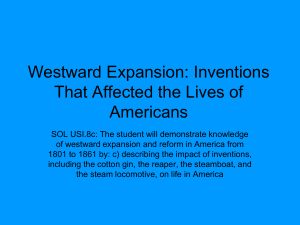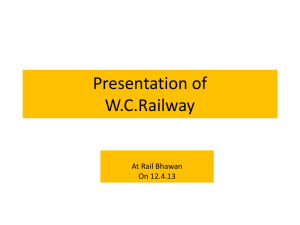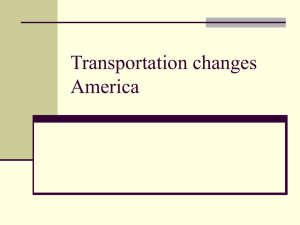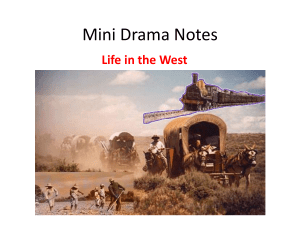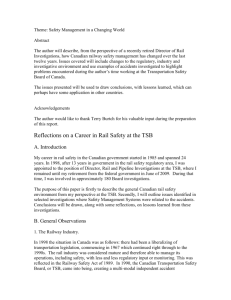A person standing at the edge of a cliff throws one ball straight up
advertisement
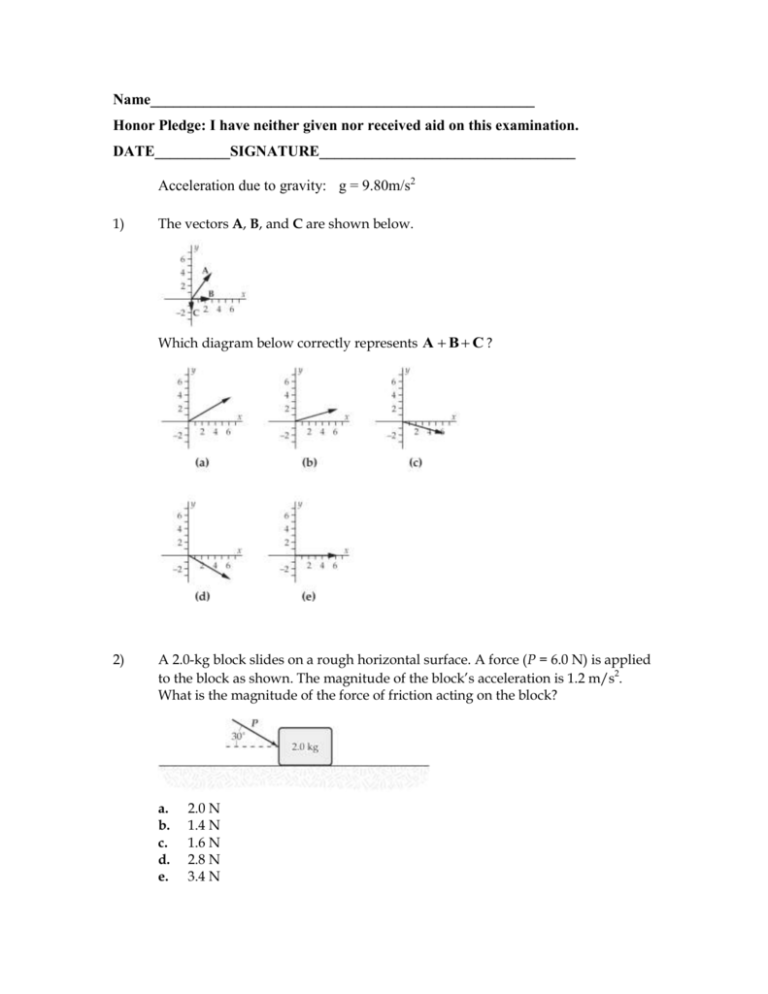
Name___________________________________________________ Honor Pledge: I have neither given nor received aid on this examination. DATE__________SIGNATURE__________________________________ Acceleration due to gravity: g = 9.80m/s2 1) The vectors A, B, and C are shown below. Which diagram below correctly represents A B C ? 2) A 2.0-kg block slides on a rough horizontal surface. A force (P = 6.0 N) is applied to the block as shown. The magnitude of the block’s acceleration is 1.2 m/s2. What is the magnitude of the force of friction acting on the block? a. b. c. d. e. 2.0 N 1.4 N 1.6 N 2.8 N 3.4 N 3) A 1.5-kg object has a velocity of 5j m/s at t = 0. It is accelerated at a constant rate for five seconds after which it has a velocity of (6i + 12j) m/s. What is the magnitude of the resultant force acting on the object during this time interval? a. b. c. d. e. 3.8 N 3.2 N 2.8 N 4.3 N 4.6 N 4) A rock attached to a string swings in a vertical circle. Which free body diagram could correctly describe the force(s) on the rock when it is at the lowest point? 5) A watermelon truck slams into a guardrail at the edge of a cliff going 50 m/s sending melons flying, at that same speed, horizontally into the ravine. If the ravine is 100 m deep, how far from the edge of the cliff do the watermelons land? 6) Write out the five ratios that, when multiplied together, properly the convert m mi to miles per hour and uses the fact that there are s h meters per second 2.54 cm per inch? Q1) A train car moves along a long straight track. The graph shows the position as a function of time for this train. The graph shows that the train: a. speeds up all the time. b. slows down all the time. c. speeds up part of the time and slows down part of the time. d. moves at a constant velocity. Give your reasoning (chance for partial credit). Q2) A battleship simultaneously fires two shells at enemy ships. If the shells follow the parabolic trajectories shown, which ship gets hit first? Give your reasoning. Q3) Rank the tracks according to the magnitude of a 10-mph-train’s acceleration (greatest first). Give your reasoning. Q4a) A locomotive pulls a series of wagons. Which is the correct analysis of the situation? a. The train moves forward because the locomotive pulls forward slightly harder on the wagons than the wagons pull backwards on the locomotive. b. Because action always equals reaction, the locomotive cannont pull the wagons, the wagons pull backward just as hard as the locomotive pulls forward so there is no motion. c. The locomotive gets the wagons to move by giving them a tug during wich the force on the wagons is momentarily greater than the force exerted by the wagons on the locomotive. d. The locomotive’s force on the wagons is as strong as the force of the wagons on the locomotive, but the frictional force on the locomotive is forward and large, while the backward frictional force on the wagons is small. e. The locomotive can pull the wagons forward only if it weighs more than the wagons. Give your reasoning. Q4b) A race car starts from rest on a circular track of radius 400 m. Its speed increases at the constant rate of 0.500 m/s2. At the point where the magnitudes of the radial and tangential accelerations are equal, determine (a) the speed of the race car, and (b) the elapsed time. Q4c) A box is dropped onto a conveyor belt moving at 2 m/s. If the coefficient of friction between the box and the belt is 0.3, how long before the box moves without slipping?
